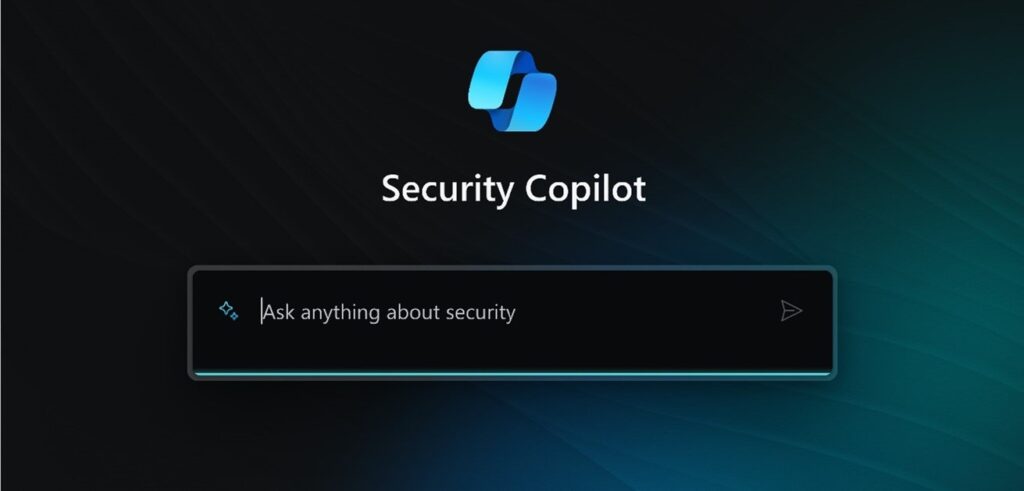In today’s digital landscape, the complexity and frequency of cyber threats are constantly evolving. Organizations face an unprecedented challenge in safeguarding their systems, data, and users from malicious actors. In response to this growing challenge, Microsoft has introduced Microsoft Security Copilot—a groundbreaking AI-driven tool designed to enhance the capabilities of security professionals. But while it’s a powerful tool, it’s essential to remember that the human element is still vital in evaluating its findings.
What is Microsoft Security Copilot?
Microsoft Security Copilot leverages the power of OpenAI’s GPT-4 technology in combination with Microsoft’s vast security data. This tool is designed to empower cybersecurity teams by providing intelligent insights, threat analysis, and recommendations in real-time. Unlike traditional security tools that require manual interpretation of complex data, Security Copilot simplifies the process by quickly analyzing threats, incidents, and vulnerabilities.
Security Copilot can assist in:
• Incident Response: Identifying and analyzing potential security incidents faster, allowing teams to act swiftly before damage is done.
• Threat Intelligence: Offering real-time insights into potential threats using Microsoft’s extensive cybersecurity resources and global threat intelligence.
• Automated Reporting: Generating clear, easy-to-understand reports on security incidents and findings, which can be shared with decision-makers without needing complex technical translation.
• Continuous Learning: As Security Copilot interacts with more data and threats, it becomes increasingly adept at identifying patterns and making accurate predictions.
Why Microsoft Security Copilot is a Game-Changer
1. Speed and Efficiency: One of the most notable advantages of Security Copilot is its ability to process vast amounts of data quickly. Security teams are often overwhelmed by the sheer volume of alerts and incidents they have to monitor. Security Copilot filters and prioritizes these alerts, ensuring that the most critical threats are identified immediately, saving precious time.
2. Enhanced Decision-Making: With its AI-driven insights, Security Copilot helps security professionals make informed decisions faster. It doesn’t just detect threats; it contextualizes them, providing teams with the information they need to take appropriate action. By automating the initial steps of threat analysis, security teams can focus on strategic decisions.
3. Reduces Human Error: Even the best-trained security professionals can make mistakes, especially when they’re fatigued or under pressure. Security Copilot helps reduce the chances of human error by flagging inconsistencies, recommending best practices, and suggesting actions that may not have been initially considered.
4. Scalability: In large organizations, scaling cybersecurity measures across multiple departments, regions, or branches can be daunting. Security Copilot’s AI-driven capabilities allow it to function across various environments, adapting to specific needs and improving coordination between global security teams.
5. Augments, Not Replaces: One of the misconceptions about AI tools in cybersecurity is the fear that they will replace human jobs. However, Microsoft Security Copilot is not designed to replace security professionals but rather to augment their work. It frees up valuable time by handling repetitive and data-heavy tasks, allowing cybersecurity experts to focus on strategy, creativity, and solving complex problems.
The Human Element: Still Indispensable
Despite the impressive capabilities of Microsoft Security Copilot, it’s crucial to recognize that human expertise remains irreplaceable. Cybersecurity is not just about detecting threats; it’s about understanding them in the context of business operations, risk tolerance, and long-term strategy. AI-driven tools can provide recommendations, but ultimately, it is the security professionals who must make critical decisions about which actions to take.
Here’s why the human element remains critical:
1. Evaluating Context: AI excels at analyzing data and finding patterns, but humans are better equipped to understand the broader context. A detected anomaly might not always be a threat; it could be a legitimate deviation from the norm, like a scheduled maintenance window or an unusual yet authorized user behavior.
2. Handling Ambiguities: Cybersecurity is full of gray areas. AI can assist with clear-cut data but often struggles with ambiguous situations where judgment, intuition, or nuanced knowledge is required. In these cases, humans are better equipped to assess the full scope of a potential risk.
3. Strategic Decision-Making: AI tools like Security Copilot can recommend actions, but strategic decisions—especially those that involve legal, ethical, or business considerations—require human oversight. Only humans can balance the technical and business implications of certain decisions, ensuring that security strategies align with broader organizational goals.
4. Adapting to Novel Threats: While AI can learn from historical data, cybersecurity is a constantly evolving battlefield. Novel threats, sophisticated attackers, or entirely new tactics may not fit into predefined patterns. Human creativity and experience are often needed to detect and respond to these unique situations.
Conclusion
Microsoft Security Copilot represents a powerful leap forward in the field of cybersecurity, offering an unparalleled level of automation, intelligence, and efficiency. It empowers security teams to detect, analyze, and respond to threats faster and more effectively. However, as advanced as AI has become, it is not a substitute for human judgment. The tool’s strength lies in its ability to augment human capabilities, not replace them.
In the end, the most effective cybersecurity defenses will always be a combination of cutting-edge technology and skilled professionals who know how to evaluate, interpret, and act on the insights these tools provide.
